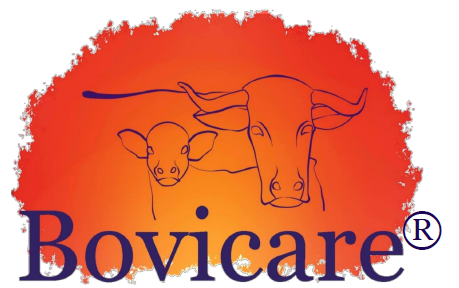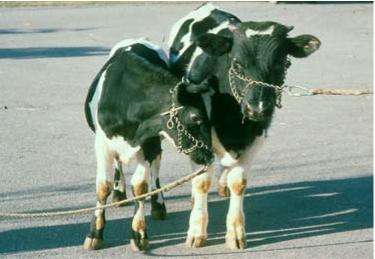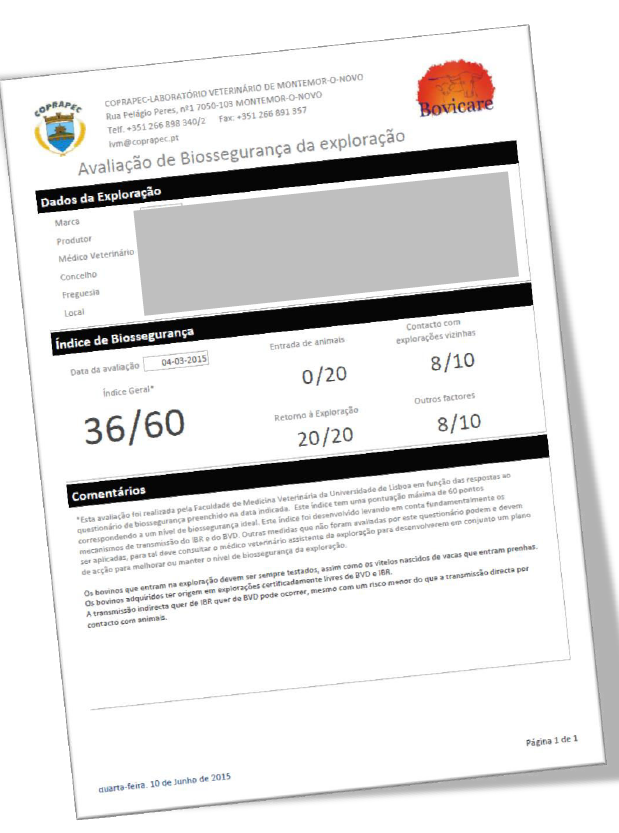
Introduction to the challenge addressed
Bovine Viral Diarrhea (BVD) and Infectious Bovine Rhinotracheitis Virus (IBRV) are cattle diseases caused by viruses, with widespread distributions and the ability to cause significant economic losses in cattle farms. These economic losses are due to problems affecting fertility and productivity.
Risk management of these pathogens is required, but tended to be applied non-systematically, and in some cases non-continuously, at the individual herd level. The risk of a beef cattle herd being infected with these diseases includes:
- Relatively high cattle density.
- High levels of cattle movements.
- Inter-herd contacts.
The Bovicare Programme is a joint action developed by a producer’s association (COPRAPEC) for intervention in the animal health area. It aims to be a programme developed by a producer’s association for their beef production farms, for IBR and BVD control
Bovicare is a joint action developed by a producer’s association for intervention in the animal health area. It aims to be a programme developed by a producer’s association for their beef production farms, for IBR and BVD control in beef cattle herds.
Description of Good Practice
The membership of beef farmers to Bovicare is voluntary and has the following steps:
- On-farm diagnosis of the existence of viral circulation.
- Evaluation of the biosecurity plan: identification of critical points and evaluate the impact of other useful measures.
- Identify virus carrying animals on the farm.
- Intervention: application of biosafety and prophylaxis measures.
- Systematic monitoring of the existence or not of viral circulation and the measures implemented. Do not allow animals onto the farm that are not free of IBR and BVD.
Impact on farm performance
The implementation of the Bovicare plan in a farm allows a better productive performance and consequently a better economic result, since there are no animals affected by the IBR and BVD virus.
Audio-visual material

Two calves born on the same day. Calf on the left is persistently infected with BVD virus (Risk Management of BVD and IBR - David Graham).


Tissue sampling Tag on the left, and example of a report on the farm biosecurity analysis on the right.
Farmer comment
Nuno Henriques, responsible for a herd of suckler cows, says that since he joined the Bovicare program he now has healthier calves and that this has also opened doors for the sale of young females free of IBR and BVD.
Further information / References
Risk Management of BVD and IBR (David Graham)
Le Point sur la Lutte IBR
https://www.arsia.be/la-sante-des-bovins/le-point-sur-la-lutte-ibr/
CHECS: Setting industry standards in cattle disease control
https://checs.co.uk/diseases/bvd/
Animal Health Ireland
https://animalhealthireland.ie/
BVD Free New Zealand
https://www.bvdfree.org.nz/